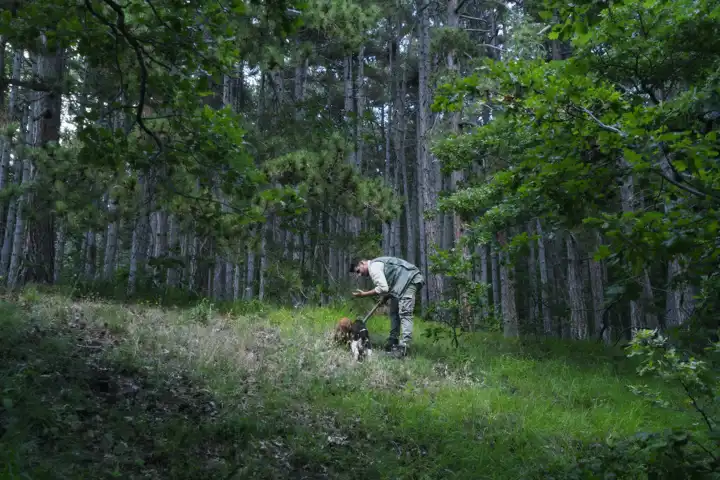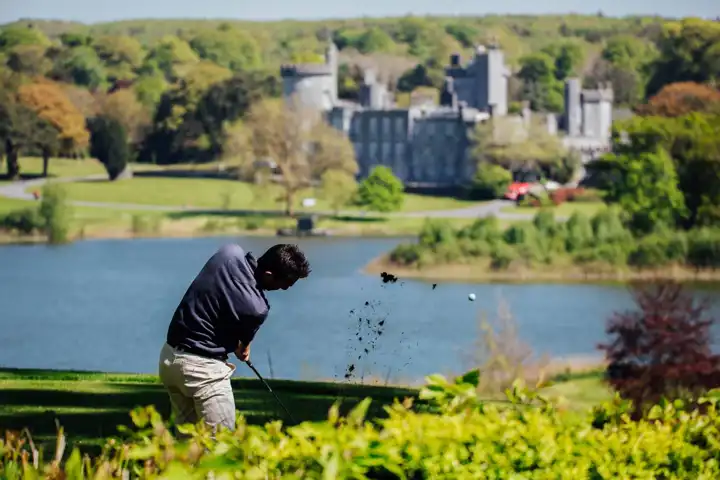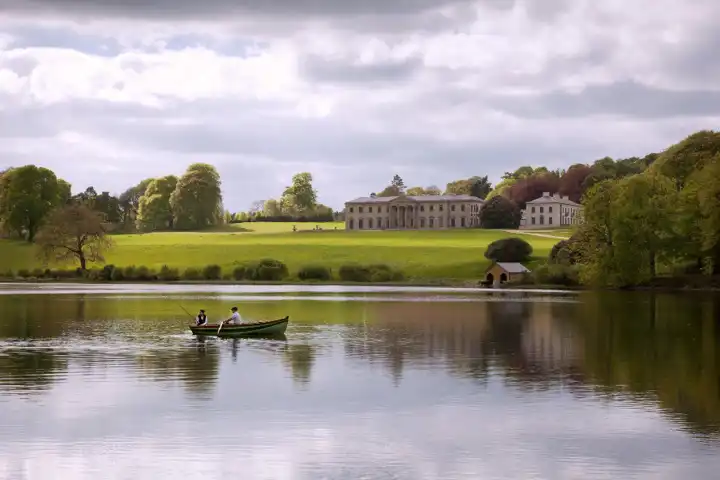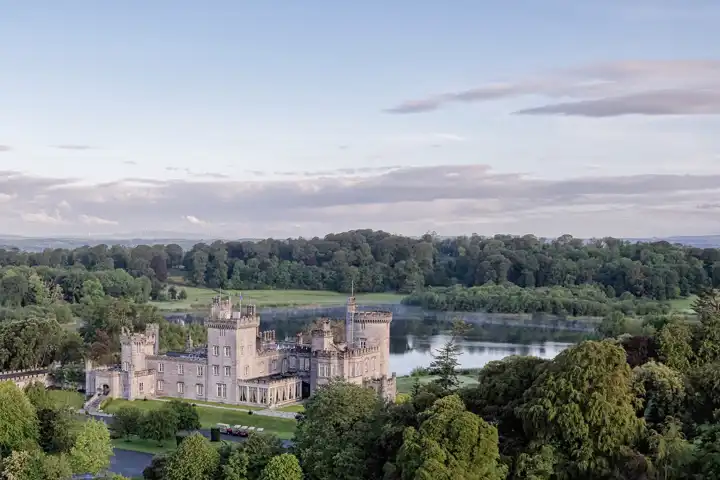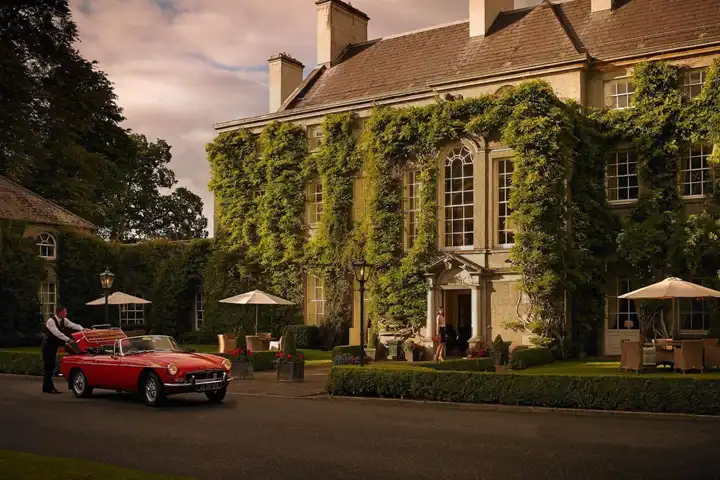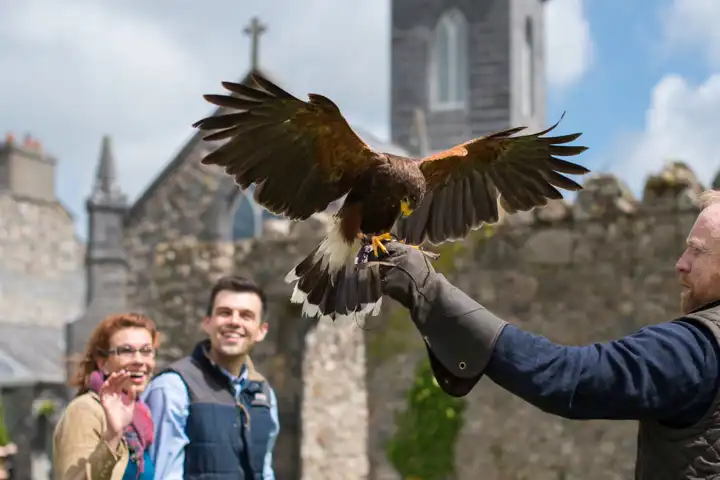Ireland
Where Legends Come to Life
Ireland
Poet William Drennan was the first to refer to Ireland as the Emerald Isle, an homage to the country’s stunning green landscape. In the centuries since, poets, photographers, filmmakers, and playwrights have drawn inspiration from the spirited people and dramatic scenery. It would take all of their talents combined to capture the essence of a small but proud island. Now, that island is yours to explore with Ker & Downey’s Ireland luxury travel and private tours of Ireland.
History and Natural Beauty
Separated from the United Kingdom by the Irish Sea, the Republic of Ireland flaunts its independence and deep history proudly. The region is a fairytale landscape of undulating green pastures, shimmering lochs, and ancient castles. This history and natural beauty of the country are intertwined and inseparable. Only private tours of Ireland can ensure you appreciate the most of each. As you stand on a seaside cliff overlooking an ancient castle and its mossy church yard, you’ll undoubtedly feel a wistful wonder calling you to stand a little longer in your personal reverie.
Celtic Heritage
Ireland’s Celtic heritage imbues it with an air of mystery and melancholy. Indeed, those tracing their family history will feel an instant connection to the land that imprinted itself on the hearts of its native sons as they dispersed across the Atlantic. Whether you are searching for your own roots, or exploring a new world, Ireland’s charms know no bounds.
Villages and Cities
On the west coast, discover tiny villages once stalked by Vikings and visited by Columbus. Then scale legendary cliffs traversed since antiquity. In the capital of Dublin, balance the modern with the ancient in one of the most visited cities in Europe.
Ireland Luxury Travel with Ker & Downey
Ireland is a country warmed by hospitality, with its citizens always looking for a reason to celebrate over a pint or at one of several annual festivals. Experience the best of Ireland luxury travel with Ker & Downey’s guided tours of Ireland. Contact us today to start planning.


